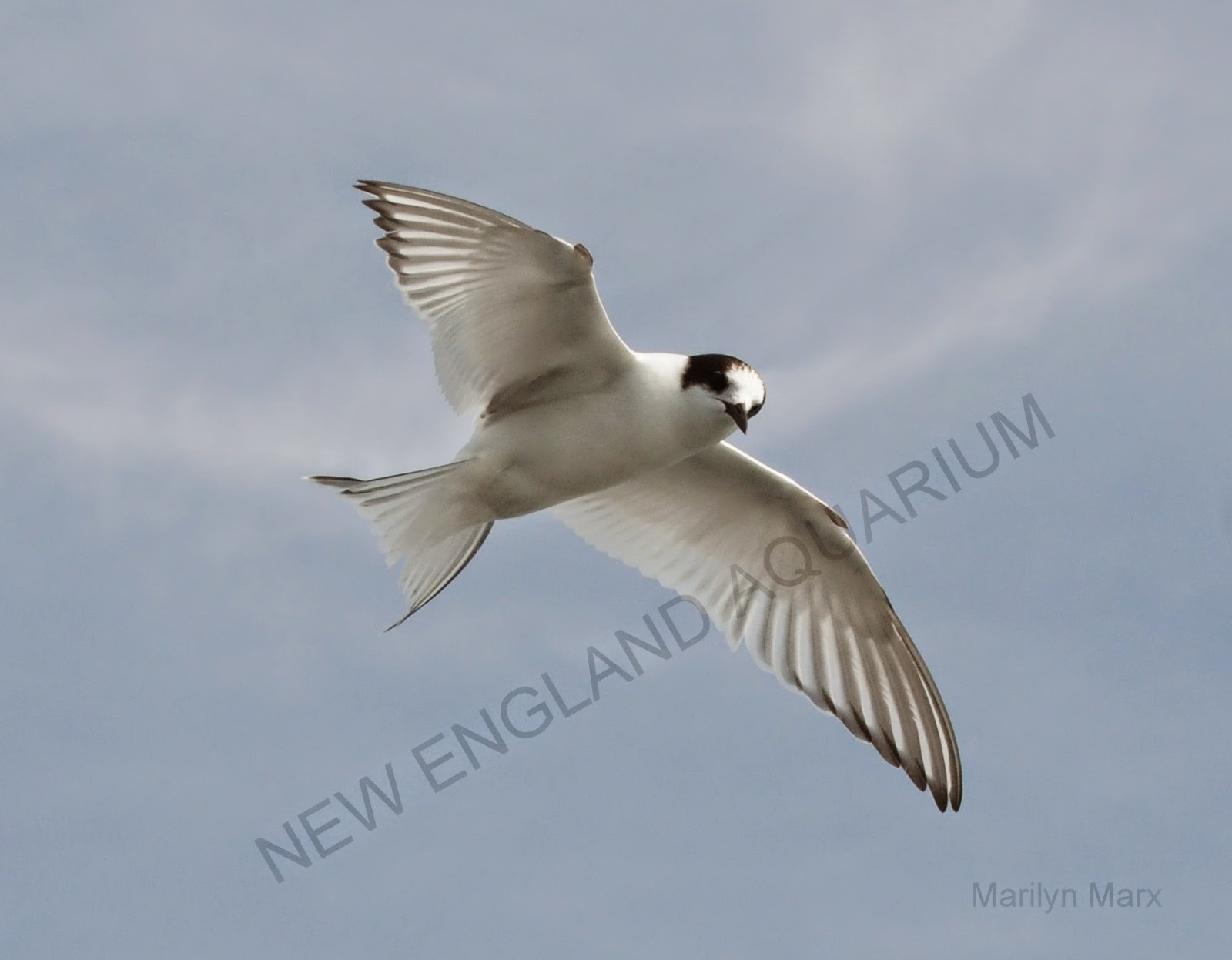 UPDATED SPONSORSHIP MATERIALS! All of our sponsorship packages have been updated with a fresh new look and materials! Full color informational booklets, the hardcover book “Disappearing Giants”, a one-year subscription to our biannual newsletter, Right Whale Research News, stickers, and a coupon to the New England Aquarium Gift shop are included in all sponsorships. And don’t forget: Each sponsorship is tax deductible and directly supports our Right Whale Research Program!
UPDATED SPONSORSHIP MATERIALS! All of our sponsorship packages have been updated with a fresh new look and materials! Full color informational booklets, the hardcover book “Disappearing Giants”, a one-year subscription to our biannual newsletter, Right Whale Research News, stickers, and a coupon to the New England Aquarium Gift shop are included in all sponsorships. And don’t forget: Each sponsorship is tax deductible and directly supports our Right Whale Research Program!NEW WHALES! There are three new whales available to sponsor: Aphrodite, Manta and Gemini! Each whale has a fascinating history and we are eager to share their stories with you! Meet all the Sponsorship whales here.
 |
| New Sponsorship Whale, Gemini, one of the oldest whales in the population! Photo: Yan Guilbault/NEAq |
CALLING ALL TEACHERS! We now offer a Classroom Sponsorship that's perfect for classroom or service projects. Along with all the other sponsorship materials, the Classroom Sponsorship also includes a single plush right whale for the classroom, stickers for up to 30 students and access to the right whale-themed Smithsonian in your Classroom lesson plans "The Tale of the Whale"
Learn more about our Sponsorship program and the different support levels available here.
RIGHT WHALE THEMED GIFT IDEAS! In addition to sponsoring a right whale, you can shop in support of Right Whale Research by purchasing T-shirts, books or the super soft right whale plushy. Net proceeds go directly toward the annual costs of field research, data analysis and professional collaborations. These all make wonderful gifts for any occasion and shipping is FREE!
Thanks again to our sponsors for all your support over the years!!
~ Marilyn and Heather
Learn more about our Sponsorship program and the different support levels available here.
RIGHT WHALE THEMED GIFT IDEAS! In addition to sponsoring a right whale, you can shop in support of Right Whale Research by purchasing T-shirts, books or the super soft right whale plushy. Net proceeds go directly toward the annual costs of field research, data analysis and professional collaborations. These all make wonderful gifts for any occasion and shipping is FREE!
Thanks again to our sponsors for all your support over the years!!
~ Marilyn and Heather


































